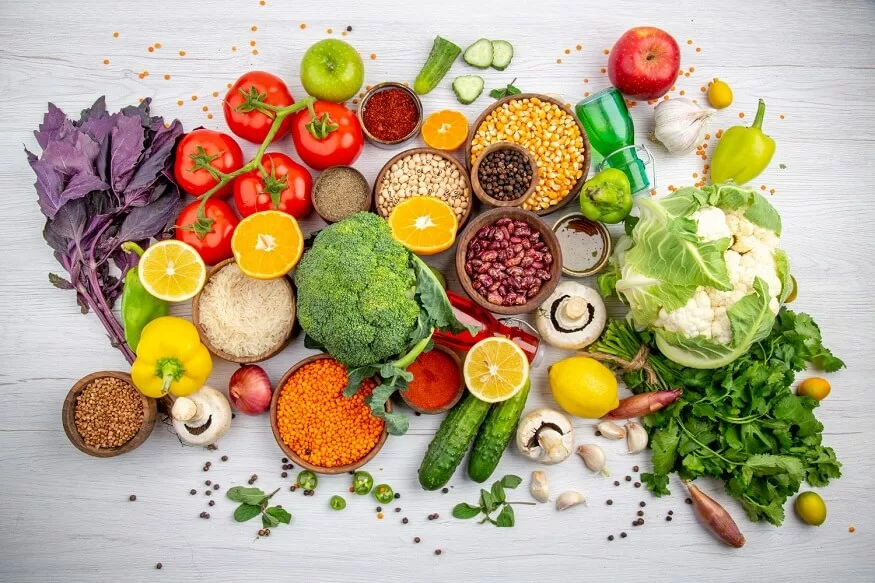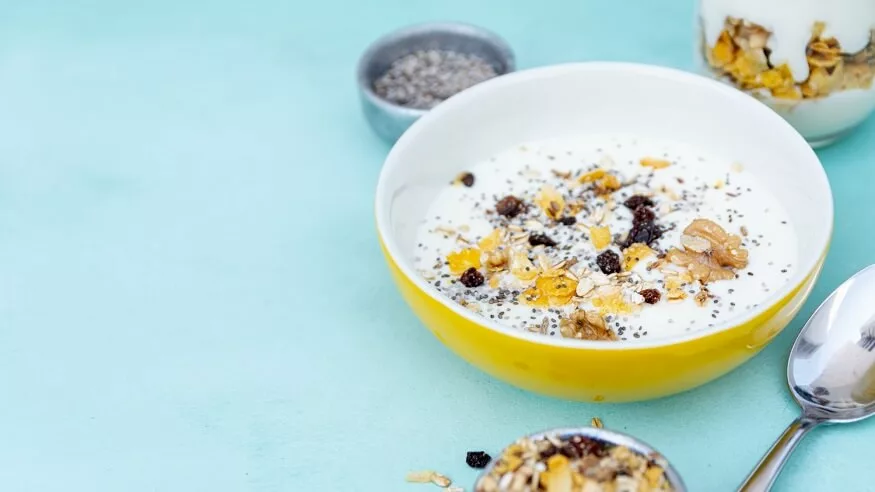In the bustling journey of childhood, the significance of healthy eating cannot be overstated. As parents, educators, and caregivers, our responsibility extends beyond providing sustenance; it involves nurturing the physical and mental well-being of the young ones in our care. In this exploration of healthy eating for kids, we will delve into the fundamental components of a balanced diet, shedding light on the importance of carbohydrates, fats, proteins, vitamins, and mineral salts in fostering robust development.
Understanding Carbohydrates
Carbohydrates are the primary energy source for the human body, making them a crucial aspect of a child’s diet. These compounds, found in foods like grains, fruits, and vegetables, are broken down into glucose, providing fuel for various bodily functions. Opting for complex carbohydrates, such as whole grains, ensures a steady release of energy, promoting sustained vitality throughout the day.
It is essential to strike a balance, though, as an excess of refined carbohydrates, often present in sugary snacks and drinks, can lead to energy spikes followed by crashes. Encouraging kids to embrace a variety of whole foods ensures they receive a spectrum of nutrients while instilling healthy eating habits from an early age.
Also Read: How Watermelon Can Help Keep Kids Hydrated
The Role of Fats in Growth and Development
Contrary to misconceptions, fats are not the enemy. In fact, they play a crucial role in the growth and development of children. Healthy fats, like those found in avocados, nuts, and olive oil, are essential for brain development and the absorption of fat-soluble vitamins.
Saturated fats, found in foods like butter and red meat, should be consumed in moderation. On the other hand, trans fats, often present in processed snacks, should be limited as they contribute to an increased risk of cardiovascular issues. Educating children about the distinction between “good” and “bad” fats empowers them to make informed choices about their dietary intake.
Also Read: How Many Eggs Can Children Eat Every Day?
Proteins: The Building Blocks of Growth
Proteins are the building blocks of life, playing a crucial role in the growth, repair, and maintenance of body tissues. Incorporating a variety of protein sources into a child’s diet ensures they receive a complete range of essential amino acids. Foods such as lean meats, fish, eggs, dairy products, legumes, and nuts contribute to a well-rounded protein intake.
Encouraging a mix of animal and plant-based protein sources not only provides nutritional diversity but also instils values of sustainability and environmental consciousness. In a world where dietary choices impact not only individual health but also the planet, fostering an early appreciation for responsible eating is a valuable lesson.
Also Read: Incorporating Brussels Sprouts into Children’s Diets
Vitamins: Nature’s Multivitamins for Kids
Vitamins are essential micronutrients that contribute to various physiological functions. A, B, C, D, E, and K – each vitamin brings a unique set of benefits to the table. While a balanced diet usually provides an array of vitamins, it’s crucial to highlight a few key players in the context of children’s health.
Vitamin A, abundant in carrots, sweet potatoes, and spinach, supports vision and immune function. B vitamins, found in whole grains, poultry, and leafy greens, aid in energy metabolism and cognitive development. Vitamin C, present in citrus fruits and berries, boosts the immune system and supports skin health.
Vitamin D, often referred to as the “sunshine vitamin,” plays a pivotal role in bone health. As spending extended periods outdoors may not always be feasible, dietary sources like fatty fish and fortified dairy products become essential. Vitamin E, present in nuts and seeds, is an antioxidant that protects cells from damage, while vitamin K, found in leafy greens, contributes to blood clotting and bone health.
Also Read: Healthy Veggie-Based Dips and Dressings for Kids
Mineral Salts: The Silent Supporters
Minerals, often overlooked, are silent supporters of various physiological functions. Calcium, predominantly discovered in dairy merchandise, is crucial for bone health. Iron, present in meats, beans, and lentils, performs a essential role in oxygen shipping thru the bloodstream. Zinc, located in meat, dairy, and whole grains, helps immunity characteristic and wound restoration.
Sodium and potassium, regularly associated with electrolyte stability, are necessary for nerve features and fluid stability. While an excess of sodium, generally located in processed foods, can contribute to fitness troubles, potassium, considerable in culmination and veggies, helps counterbalance those consequences.
Also Read: The Role of Pears in Promoting Digestive Health for Children
Practical Tips for Encouraging Healthy Eating Habits
Create a Colourful Plate: Encourage a variety of fruits and vegetables on the plate to create a colourful and visually appealing meal. Different colours often signify diverse nutritional profiles, and incorporating a rainbow of produce ensures a broad range of vitamins and minerals.
- Engage in Family Cooking Sessions: Involve children in the kitchen by making cooking a family affair. This hands-on approach fosters a positive connection with food and an understanding of its origins.
- Establish Consistent Meal Times: Set regular and consistent meal times to establish a routine. Avoid skipping meals, especially breakfast, as it kick starts metabolism and provides essential energy for the day. Consistency in meal timing also creates a sense of predictability, making it easier for children to anticipate and embrace healthy eating habits.
- Encourage Hydration with Water: Emphasise the importance of hydration and make water the beverage of choice. Limit sugary drinks, which can contribute to excess calorie intake and have detrimental effects on dental health. Keep water accessible and make it a habit for children to drink water throughout the day.
- Teach Portion Control: Educate children about appropriate portion sizes to help them develop a healthy relationship with food. Use visual aids, such as comparing portions to familiar objects, to make understanding portion control more tangible.
- Educate About Food Labels: Teach children to read food labels, helping them understand the nutritional content of different products. Discuss the importance of ingredients and guide them in making informed choices.
- Make Healthy Swaps: Gradually introduce healthier alternatives to favourite snacks and meals. Swap sugary cereals for whole-grain options, choose leaner cuts of meat, and opt for natural sweeteners.
Also Read: The Benefits of Pineapple for Children’s Digestion
By understanding the roles of carbohydrates, fats, proteins, vitamins, and mineral salts, and by incorporating practical tips into our daily routines, we can contribute to the holistic well-being of the next generation. EuroSchool believes in nurturing young minds and bodies through a balanced and varied diet sets the stage for a lifetime of good health and vitality.









